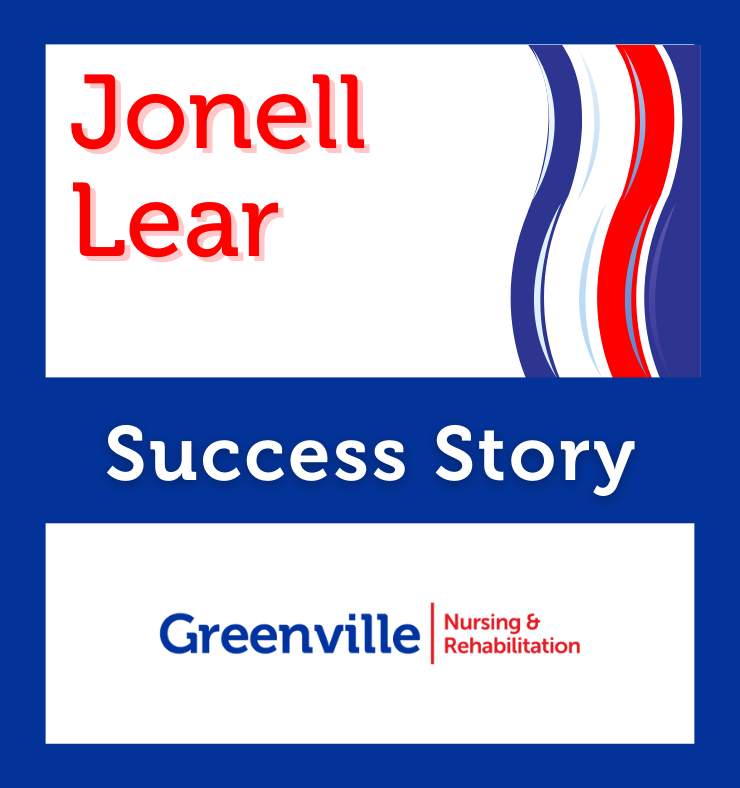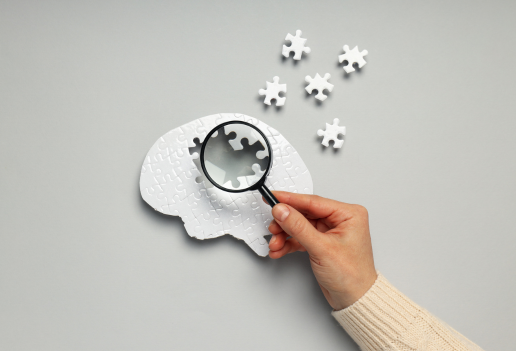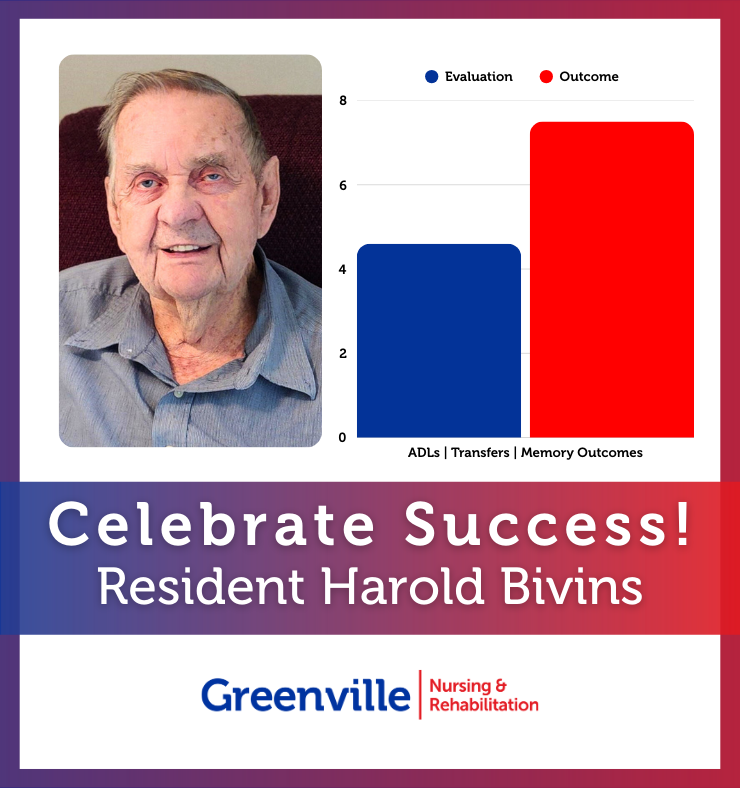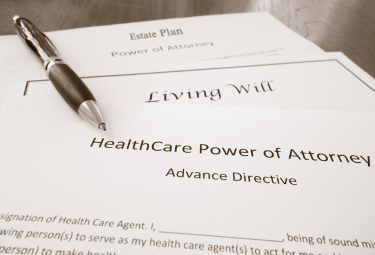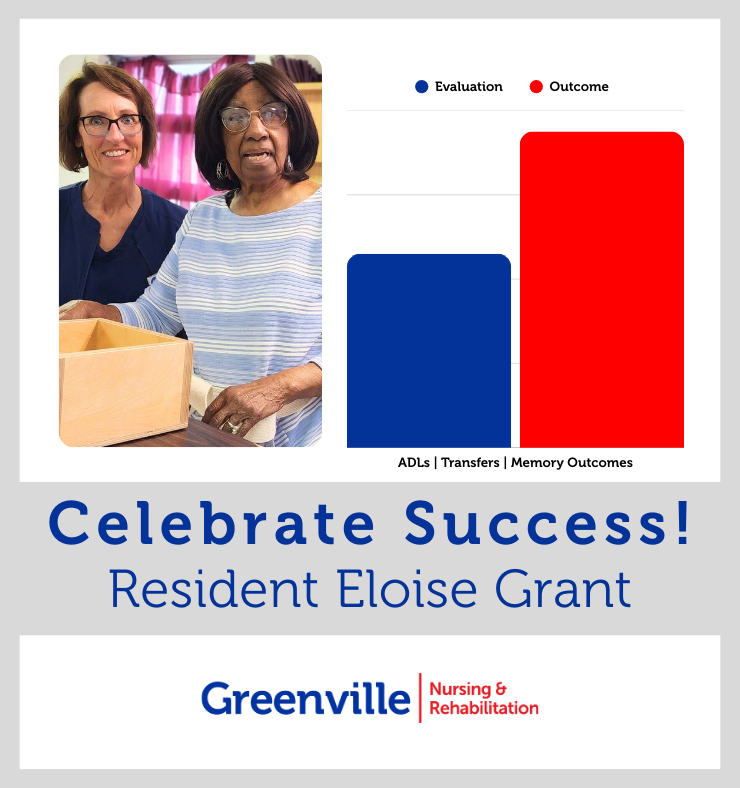Having a stroke is just as serious as having a heart attack. So, it’s important to know the signs of stroke and act quickly if you suspect you or someone you know is having one. Stroke is the fifth leading cause of death in the United States and is the number one cause of serious adult disability. Stroke risk increases with age, but strokes can — and do — occur at any age. The good news is that most strokes can be prevented, and there are steps you can take that may lower your chance of having a stroke.
Know the signs of stroke
Knowing the symptoms of a stroke and acting quickly could mean the difference between life and disability or death. If you delay getting help, the risk of permanent damage or death increases greatly.
Even if the symptoms don’t last long, they may still be a sign of stroke. Call 911 right away if you or someone you know has any of these symptoms:
- Sudden numbness or weakness in the face, arm, or leg — especially on one side of the body
- Sudden confusion, trouble speaking, or understanding speech
- Sudden problems seeing in one eye or both eyes
- Sudden dizziness, loss of balance or coordination, or trouble walking
- Sudden severe headache with no known cause
Other danger signs that may occur include double vision, drowsiness, and nausea or vomiting. Stroke strikes fast. Responding quickly when you notice any of these symptoms is key.
Do not drive yourself to the hospital and don’t ask someone else to drive you. Call 911 for an ambulance so that medical personnel can begin lifesaving treatment on the way to the emergency room.
What is a stroke?
A stroke happens when there’s a change in how blood flows through the brain. Blood brings oxygen and nutrients to brain cells. If blood can’t flow to a part of the brain, cells that do not receive enough oxygen suffer and eventually die. If brain cells are without oxygen for only a short time, they can sometimes repair themselves. However, once brain cells die, they can’t be repaired. While there is growing evidence that, in some cases, new brain cells help to replace those lost, this takes time and occurs much more slowly in older adults. As a result, someone who has had a stroke may have trouble speaking, thinking, or walking.
There are two major types of strokes:
- Ischemic stroke: This is the most common stroke and happens when a blood clot or the narrowing of a blood vessel (artery) reduces blood flow to the brain. This keeps blood from flowing into other parts of the brain and stops oxygen and nutrients from reaching brain cells. Ischemic strokes are commonly caused by:
- Thrombosis: a clot that forms in a blood vessel of the brain or neck
- Embolism: a clot that moves from another part of the body, such as from the heart to the neck or brain
- Stenosis: when a blood vessel in the brain narrows, typically due to fatty deposits lining the walls of the artery
- Hemorrhagic stroke: This is the second major kind of stroke. It’s marked by a burst blood vessel that causes blood to leak into or around the brain. This break reduces delivery of oxygen and nutrients to brain cells and exposes the brain tissue to toxic substances that may cause the cells to die. The bleeding also increases pressure inside the skull that can compress brain tissue and cause damage.
Sometimes the symptoms of a stroke last for a short time (minutes to hours) and then go away. This is called a transient ischemic attack (TIA), a mini-stroke, or a warning stroke. TIA is also a medical emergency. You must call 911 and get medical help right away. If a TIA is not treated quickly, it could be followed by a major stroke within hours or days.
The earlier someone with a stroke arrives at the hospital, the more likely they are to receive effective treatment. Don’t delay if you or someone you know experiences any symptoms.
Lower your risk of stroke
Some risk factors for stroke, such as age, race and ethnicity, and family history, can’t be controlled. But there are steps you can take to help lower your risk, including:
- Control high blood pressure. Regularly check your blood pressure. If it is high, follow a doctor’s advice on how to lower it. Treating high blood pressure lowers the risk of both stroke and heart disease.
- Don’t smoke. Smoking increases your risk for stroke. It’s never too late to quit.
- Control your cholesterol. High blood cholesterol levels can lead to plaque buildup in your arteries. In time, this can block blood flow and lead to a stroke. If you have high cholesterol, work with a doctor to lower it.
- Control your diabetes. Untreated diabetes can damage blood vessels and lead to narrowed arteries and stroke. Follow a doctor’s suggestions for keeping diabetes under control.
- Eat healthy foods. Eat foods that are low in cholesterol and saturated fats. Include a variety of fruits and vegetables every day.
- Exercise regularly. Try to make physical activity a part of your everyday life. Do things you like; for example, take a brisk walk, ride a bicycle, or go swimming. Talk with your health care provider if you haven’t been exercising and you want to start an exercise program or increase your physical activity.
- Manage blood thinners. Too much blood thinning medication, such as aspirin or anticoagulants, can lead to bleeding. If you take these medications, a doctor can help to ensure your dosage is correct.
If you’ve had a stroke or heart attack in the past, you’re at a higher risk for another stroke. Talk with your doctor about ways to reduce your risk.
Diagnosing and treating stroke
Get to the hospital right away to be evaluated and receive treatment because ALL strokes benefit from immediate medical treatment.
A doctor will diagnose a stroke based on symptoms, medical history, a physical exam, and medical tests such as a CT scan. A CT scan is a test that lets doctors see detailed images of the brain that can show bleeding or other abnormalities.
Treatment depends on the type of stroke and may include medications, surgery, other procedures, and rehabilitation.
- Ischemic stroke treatments: Drug therapy is the most common treatment for strokes caused by a blood clot. The two most common drug therapies for stroke are:
- Antithrombotics, which prevent the formation of new blood clots that can become stuck in an artery of the brain and cause strokes. This group of drugs includes antiplatelet and anticoagulant drugs, also called blood thinners. They help stop cells and other factors in the blood from sticking together and forming blood clots.
- Thrombolytics, whichtreat the stroke by dissolving the blood clot that is blocking blood flow to the brain. The most commonly used drug for thrombolytic therapy is called tissue-plasminogen activator (t-PA), but other drugs can do the same thing. Starting treatment with t-PA within three hours after an ischemic stroke is important for recovery. Getting to a hospital right away allows time for a CT scan of the brain, which helps the doctor decide whether the clot-busting medicine is the right treatment choice.
- Hemorrhagic stroke treatments: Treatment for hemorrhagic stroke involves finding the source of the bleeding and controlling it. Hemorrhagic strokes get worse with thrombolytic medications, so it is essential to determine the type of stroke before starting emergency treatment. Hemorrhagic strokes require surgery or other procedures to stop the bleeding and relieve any pressure on the brain caused by the excess fluid.
Surgery and vascular procedures are also often used to prevent stroke, reduce the risk of having another stroke, or repair damage to the arteries or malformations in and around the brain. These include:
- Angioplasty: The insertion and inflation of a small balloon within a blocked artery to press plaque or a blood clot against the artery wall to improve blood flow.
- Stenting: The placement of a small metal tunnel, or stent, in the clogged artery. The stent helps to keep the artery open and decrease the chance of it narrowing again.
- Carotid endarterectomy: A surgical procedure in which a doctor removes fatty deposits blocking one of the two carotid arteries, the main suppliers of blood for the brain.
- Endovascular thrombectomy: The removal of a large clot using a special device that can suction out or grab a clot and pull it out.
What happens after a stroke?
A stroke can cause a variety of health problems. How a stroke affects a person depends on which part of the brain is damaged. Someone who has had a stroke might be paralyzed or have weakness, usually on one side of the body. He or she might have trouble speaking or using words. There could be swallowing problems, pain, or numbness.
Stroke may cause problems with thinking, awareness, attention, learning, judgment, and memory. Fatigue after a stroke is common. Someone who has had a stroke might feel depressed or find it hard to control emotions. This is more than general sadness: It’s a serious mood disorder that may need treatment. If depression is a concern, talk to a doctor as soon as possible. Call or text the 24-hour 988 Suicide & Crisis Lifeline at 988 or 800-273-TALK (800-273-8255). For TTY, use your preferred relay service or dial 711 then 988.
Rehabilitation from stroke
There are many different ways to help people get better after a stroke. Many treatments start in the hospital and continue at home. By supporting the brain’s ability to rewire some of the circuits lost after a stroke — a process called neuroplasticity — rehabilitation therapy may lead to some improved function over months or years.
- Physical therapy: Helps a person relearn simple motor activities such as walking, sitting, standing, lying down, and the process of switching from one type of movement to another.
- Occupational therapy: Helps a person relearn everyday activities, such as eating, drinking, and swallowing; bathing and dressing; cooking; reading and writing; and using the toilet. Using exercise and training activities, occupational therapists focus on helping a person become independent or semi-independent.
- Speech therapy: Helps a person relearn language and speaking skills or learn other forms of communication. With time and patience, a stroke survivor may be able to regain some, and sometimes all, language and speaking abilities.
Each person’s stroke recovery journey is unique. Rehabilitation results and recovery time depend on many factors, including severity of the brain damage, age, and the management of other physical health conditions. For example, during rehabilitation, steps should be taken to prevent the development of new medical problems, including pneumonia, urinary tract infections, injury due to a fall, or a clot formation in large veins.
Overall, the sooner stroke rehabilitation therapy begins, the better the chances are for a person to regain function. Supportive family, friends, and social networks can help the person recovering from stroke cope with their emotions and also help coordinate therapy, which can extend over a long period of time.
Research to reduce stroke risk and improve rehabilitation
Scientists are working to develop better treatments and strategies to prevent, detect, and improve stroke rehabilitation outcomes. Both people who have experienced a stroke and those who haven’t may be eligible to participate in research.
Talk with a doctor if you’re interested in joining a stroke research study or visit www.clinicaltrials.gov to find a study near you or online.




